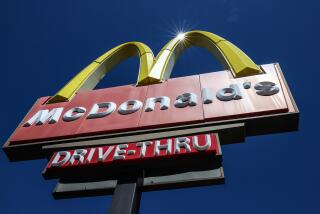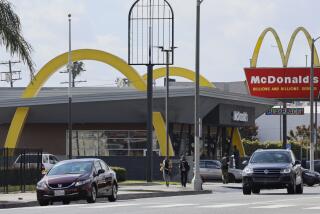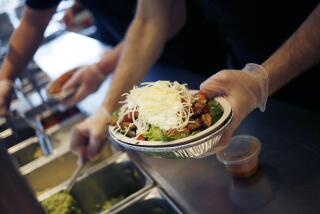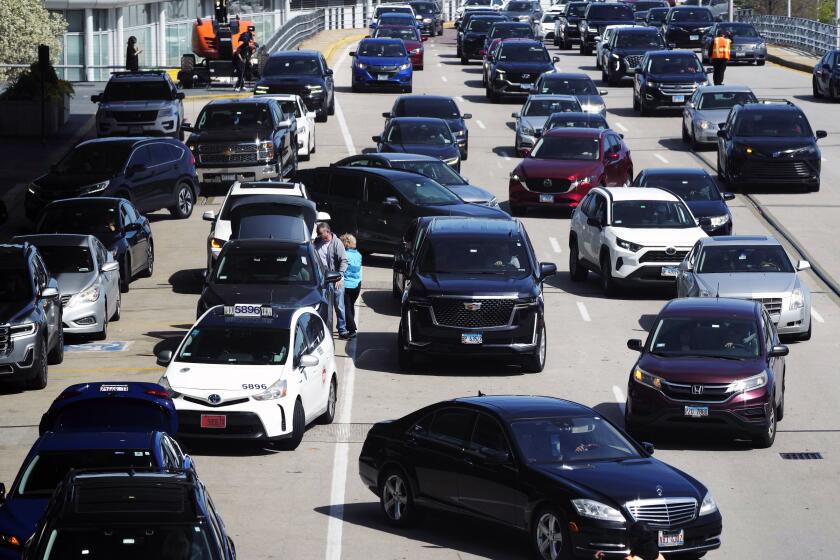New on McDonald’s menu: Corporate makeover

McDonald’s Corp. Chief Executive Steve Easterbrook said Monday the company would change its organizational structure and re-franchise more restaurants as part of a turnaround plan to boost profits and win back customers.
McDonald’s Corp. Chief Executive Steve Easterbrook said Monday he is simplifying the company’s organizational structure to make it more nimble and responsive to changing customer tastes.
In a 23-minute video posted online, Easterbrook, who took the helm of McDonald’s in March, said the company needs to catch up with changing tastes.
”Our business model strength is enduring, but no business or brand has a divine right to succeed,” he said. “The reality is, our recent performance has been poor. The numbers don’t lie.”
McDonald’s global sales declined 2.3% for the first three months of the year. In the U.S., sales dropped 2.6% as customers flocked to rivals with more healthful food reputations.
Easterbrook said the company would rely on more market research to adjust its menu, and also listen to customers.
He told analysts Monday that the company has already started to introduce new items to the U.S. menu including sirloin burgers and artisan chicken, which he said “really does resonate well with customers.” Easterbrook also mentioned all-day breakfast tests in San Diego restaurants and a delivery service in New York City as options for future growth.
He said the U.S. businesses are in the “early days” of the turnaround and that it “will be a little bumpy,” but that they were ultimately “on the right track.”
The company will be organized into four segments: the U.S., which accounts for more than 40% of operating income; international lead markets, which include Australia, Canada, France, Germany and the United Kingdom and makes up about 40% of operating income; high-growth markets like China, Russia and South Korea, which generate about 10% of operating income; and foundational markets, which account for the remaining restaurants.
The new structure is “designed to remove cultural and structural blockers to growth,” Easterbrook said.
Easterbrook also said the company would accelerate the conversion of company-owned restaurants to franchises, increasing the percentage of franchises globally from 81% to 90%.
Easterbrook said the company expects $300 million in savings by the end of 2017.
“We believe we have the strong foundations for winning customers back,” Easterbrook said.
Equity analyst Efraim Levy from S&P Capital IQ said he thought there was “no quick fix” for the restaurant chain.
“While trimming menus should be relatively easy, we think the big challenge will be wooing millennials” and turning around profits, he said in a statement. “Improving restaurant appeal won’t be easy, in our view, and even successful execution will take time.”
For more business news, follow @smasunaga.







